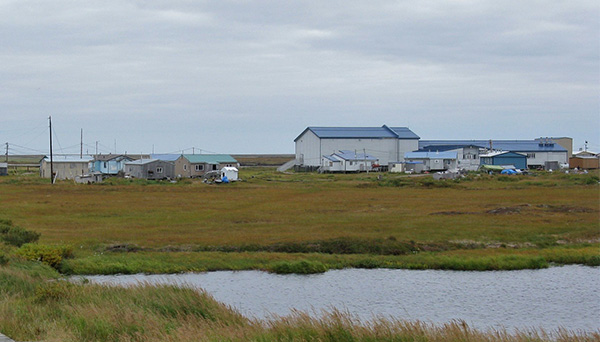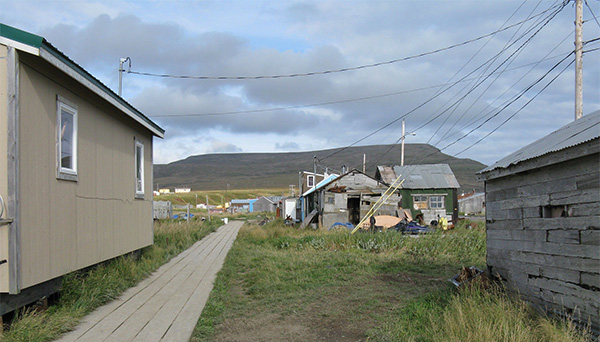Improving Indoor Air Quality to Reduce Exposure to Airborne Contaminants in Alaskan Native Populations and Other Indigenous Communities in North America
Status: Completed
Operational Plan: 2013 - 2014
This project demonstrated that education, along with no-cost or low-cost home modifications, such as replacing inefficient wood-burning stoves and improving home ventilation, can reduce the need for respiratory medical care in Alaskan Native populations by reducing exposure to airborne contaminants in homes. The methodology and results from this pilot project can be used to make policy recommendations and help guide decisions in future healthy homes projects in North America. For example, lessons learned about the effects of improved ventilation and efficient heating devices on indoor air quality, along with best practices for community education to ensure the long-term sustainability of such interventions.

Key Accomplishments
- Reductions in indoor contaminants and a decrease in the number of hospitalizations and missed days of school of 211 children in 63 households and eight communities in the State of Alaska
Products
- Development of a healthy homes study protocol, along with information and home/health assessment tools, enabling the replication of this project in communities in Canada and Mexico
- Project results were disseminated to an audience of stakeholders from the three countries (academia, indigenous representatives) through a CECTalks webcast
- Meeting with Canadian researchers, government and aboriginal representatives to present project results and lessons learned, and exchange information on best practices on similar projects
Related Work

Improving Indoor Air Quality in Alaskan Native Populations and Other Indigenous Communities in North America
Operational Plan 2011 - 2012